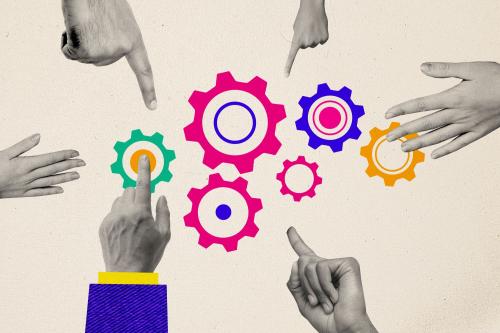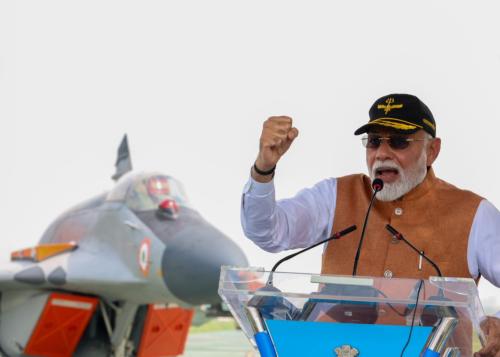In this edition of Charts of the Week, a focus on India, from Brookings India in New Delhi.
Mobility and the rent/own choice in urban India

In their study of the relationship between internal (to a country) migration and “tenure”—the decision to rent or own a home—Arnab Dutta, Sahil Gandhi, and Richard Green write that “the relationship between migration and tenure choice is not stable” in India. Internal migration has been on a rise in India, as shown by comparing census data. The authors find that “internal migrants as a share of the total population increased from 31 percent in 1961 to 37 percent in 2011.” One of the authors’ conclusions is that migrants are less likely to be renters, but the majority of migrants in India are women who are getting married.
Is India losing to China as the neighborhood’s education hub?

Constantino Xavier, Aakshi Chaba, and Geetika Dang examine how “India’s capacity to attract students from neighbouring countries has helped it to form closer political ties and spread its cultural influence and values to the surrounding region.” However, as the chart shows, China is increasingly attracting students from South Asia, most notably from Pakistan, whose students accounted for almost half of South Asian students in China. “This can be explained,” the authors conclude, “by the preferential education policies of China towards Pakistan, a beneficiary of its Belt and Road Initiative through the China- Pakistan Economic Corridor.”
High out-of-pocket expenses in Indian health expenditures

Prachi Singh, Shamika Ravi, and David Dam note that “when it comes to out-of-pocket expenditure as a proportion of current health expenditure, India does much worse in comparison to the world average.” India reports 65% out-of-pocket expenditures (OOPE) when the rest of the world is averaging 20%. The authors conclude that this high level of OOPE “warrants special attention as it leads to impoverishment, with 7% of the households falling below the poverty line on account of health expenses.”
The Brookings Institution is committed to quality, independence, and impact.
We are supported by a diverse array of funders. In line with our values and policies, each Brookings publication represents the sole views of its author(s).




Commentary
Charts of the Week: Data from India
March 13, 2020